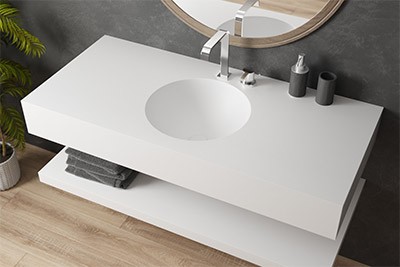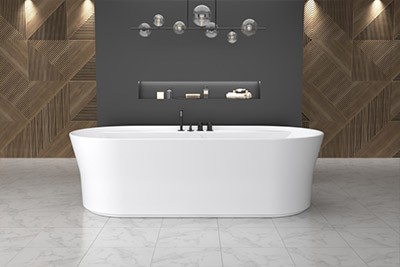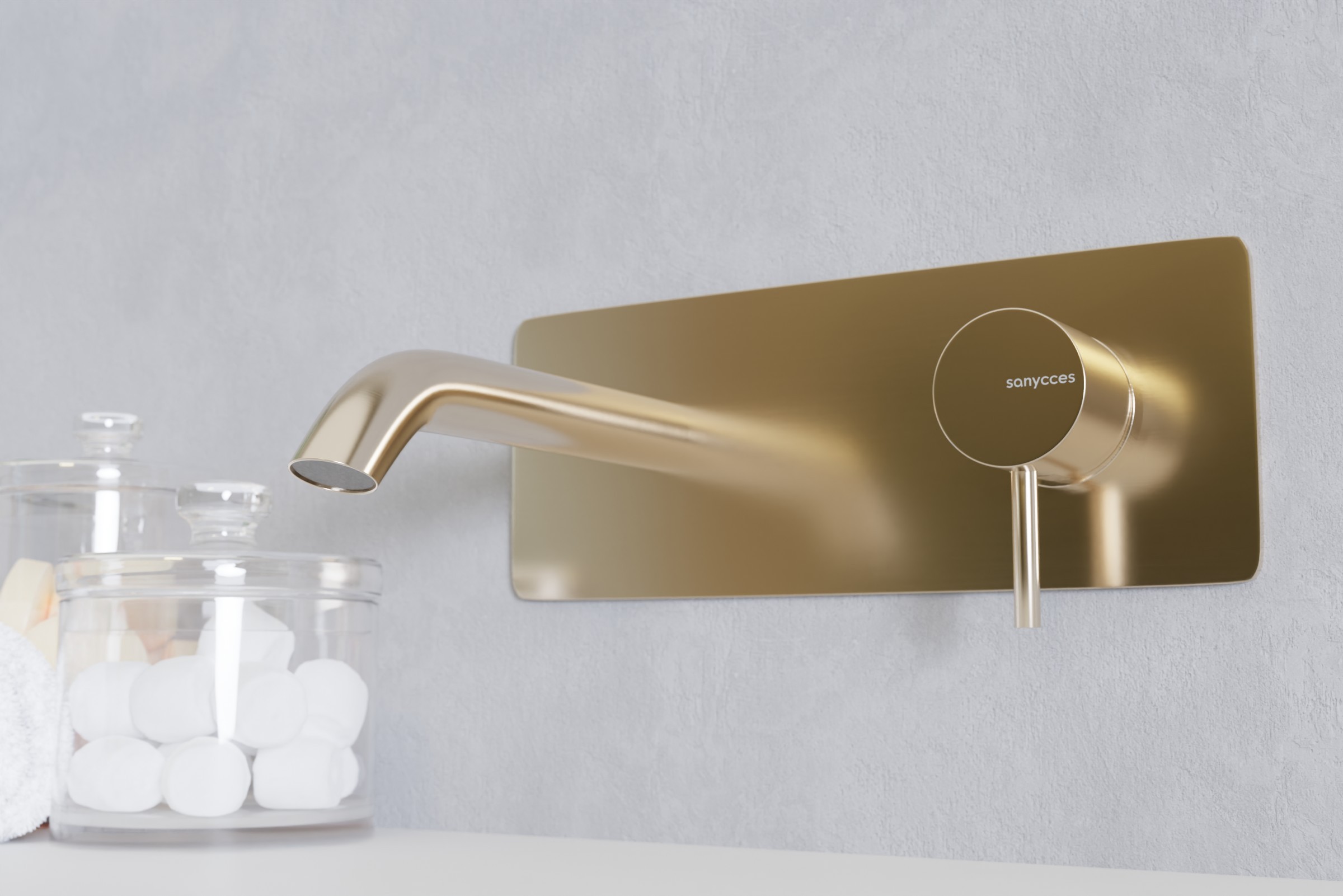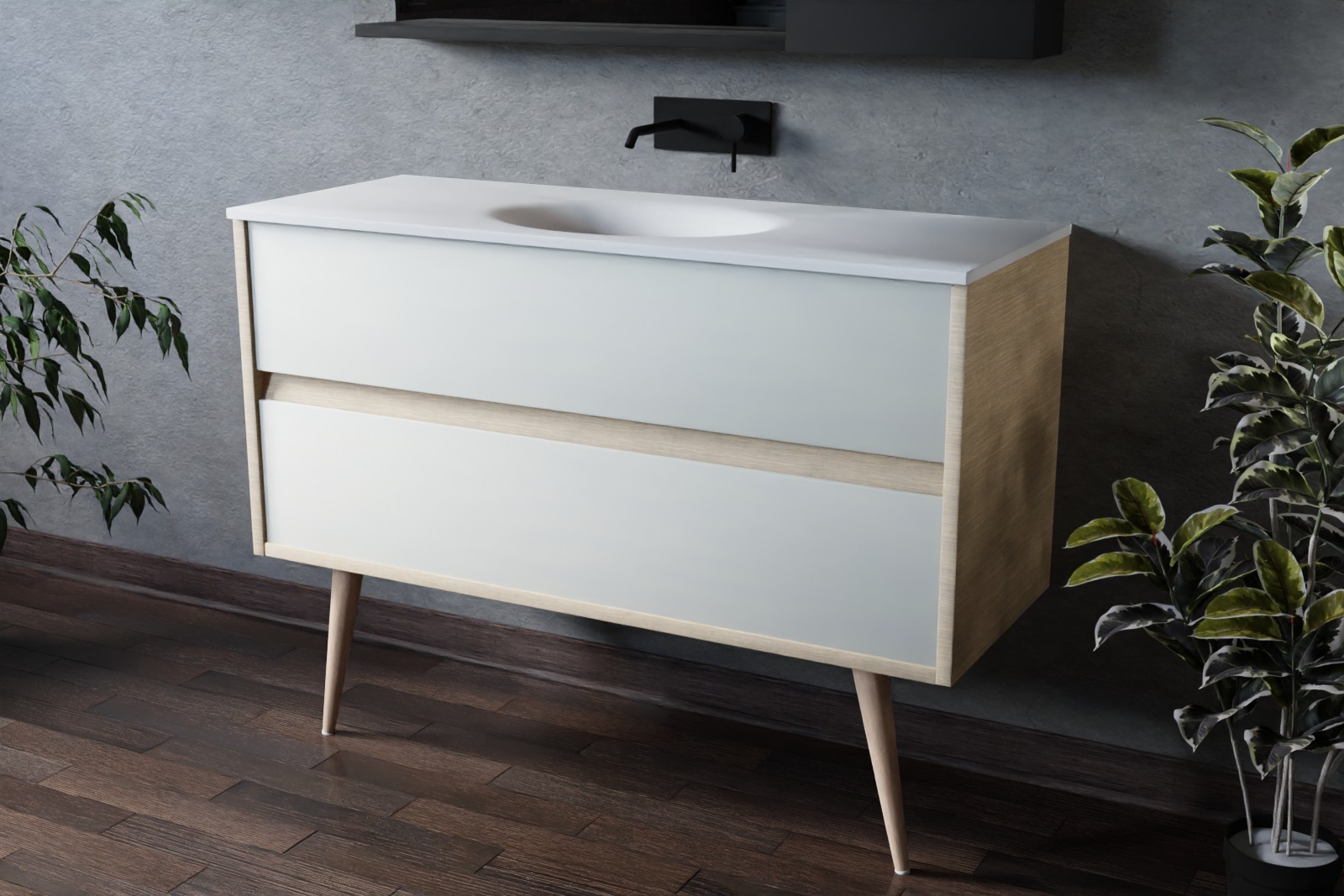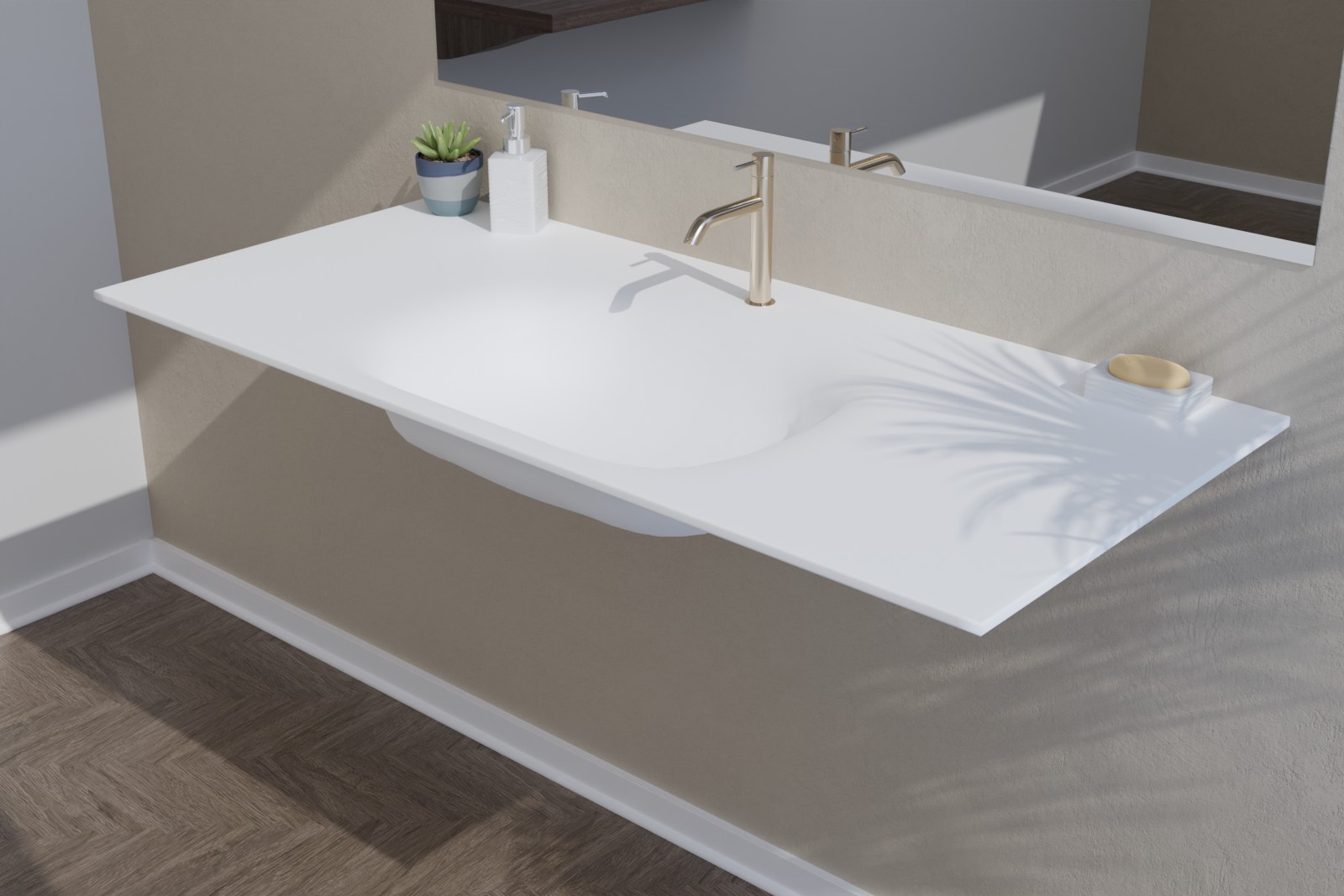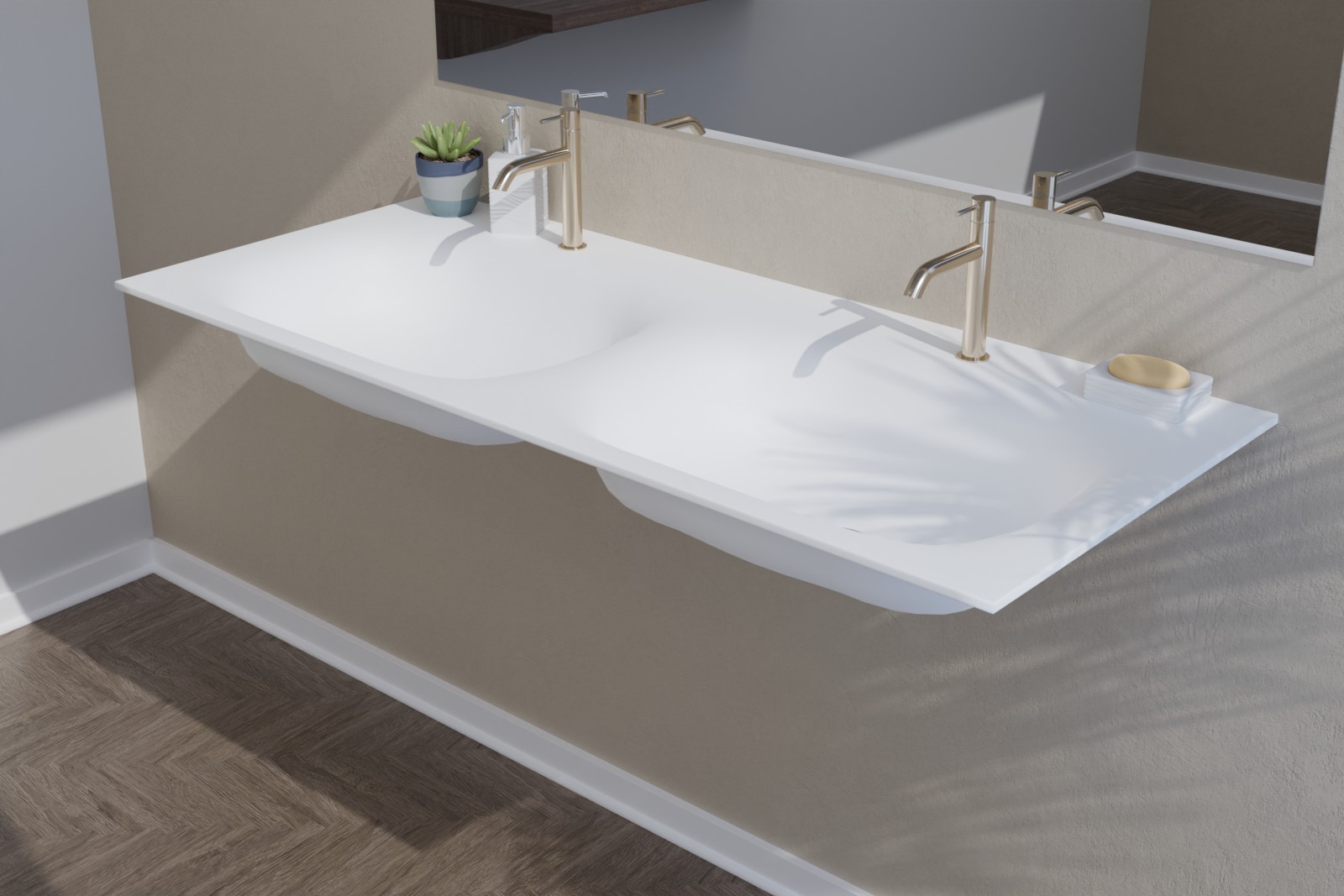The drain is the first system that connects the sanitary element (basin, washbasin, shower tray, bathtub, etc.) to its drainage via the siphon. It is essential for the water to flow correctly without leaking. It also ensures watertightness, which is why it is very important to make the right choice of drain so as not to have any problems afterwards.
This is why we will help you to make the right choice from a wide range of drains with different functions.
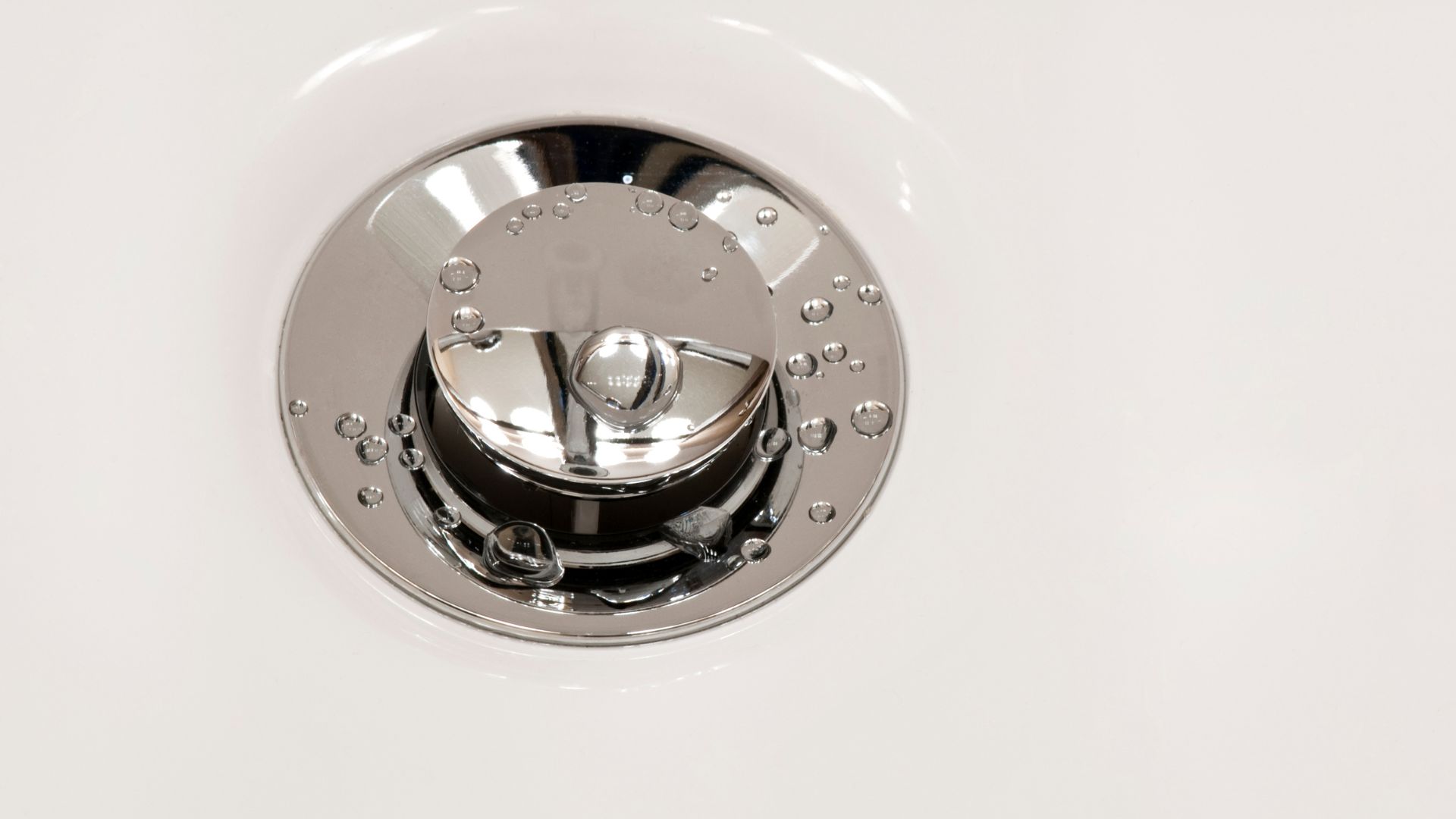
The click-clac drain :
The clic clac drain is the most commonly used drain in private bathrooms, with a simple and reliable mechanism that allows water to be drained and also gives the possibility of retaining it in your basin.
With a simple pressure on its cover it opens and closes to let the water through.
There are 2 types of click-flush drains. The click clack waste without overflow is probably the simplest of all to install, no need for additional connection with the overflow hole, but you must be very careful because without overflow the water can overflow from the basin if you forget to open the waste. Then there is of course the click-clack waste with overflow which is used for most basins, so this time you will have to make the connection with the overflow hole but this option removes the risk of overflow. It is highly recommended if your washbasin is going to be used by children.
The free-flowing plug :
Simple to install, the free-flowing drain will, as its name suggests, allow water to flow freely without the possibility of retaining it. It will mainly be installed on basins that do not have an overflow to avoid the risk of water overflowing. It will fit all types of basins and allow you to choose its style, with or without a cover, with a simple grid of the same colour as your basin or in chrome metal, many choices are available. The Krion fixed chrome model that we distribute is ideal if you are looking for this type of drain.
The pull-tab drain :
Like the click and go drain, this drain can be opened or closed with the difference that the system is operated by a lever which is usually located behind the tap. It has the advantage of not needing to put your hands in the water to open the drain like the click clack drain. It is also possible to choose a model with or without overflow, although again it is advisable to install it with overflow to avoid overflow.
We will see the small difference in installation in the second part of the article.
The rotary valve plug :
Very rarely used in our bathrooms, it is possible to install a plug that looks like a click-clack plug but instead of pressing on it to open, you have to press to turn the valve. It is available with and without an overflow and will bring originality to your basin, however it is not very recommended as reliability is not its strong point.
The stopper plug :
This is the simplest system. It consists of putting a stopper, often made of rubber, attached to a chain to retain the water. It is an economical and simple choice but lacks aesthetics and is also not recommended as rubber is a nest for bacteria.

Which material for your drain :
In most cases the bungs are available in plastic such as PVC or ABS, metal such as chrome plated brass or stainless steel. All are reliable, metal is often more aesthetically pleasing and will be stronger, however care must be taken with the type of metal chosen to ensure it does not rust over time. Plastic will be insensitive to corrosion and on average will be cheaper than metal.
Installing your drain :
The installation of a drain is essentially the same for all of them. We will therefore explain how to install a drain in a few steps:
- Place the top part in the basin with the clamping screw in the middle.
- Then on the bottom part, place the gasket which is usually supplied with the drain.
- You can then tighten the outer part with the screw to assemble the inner side of your basin. Do not hesitate to compress the two parts, this is what will create the seal.
- The screw is often cruciform but do not hesitate to equip yourself with several screwdrivers so as not to be caught off guard.
- For the overflow plugs in most cases there is no need for extra handling as the drain hole will flow directly to the right place.
- The pull-type drain will require some additional handling, as the pull rod must be connected to the system that opens and closes the drain. All you need is a Phillips screwdriver to tighten the two rods together.
Then you can screw the trap onto the underside of your drain.
All that remains is to test the watertightness, for this the best test is simple. When the water is high enough without overflowing, open the drain and run your finger along the underside of the drain to check whether there is any seepage, and if so adjust the tightness of your drain.
Vascoplan tips :
Choose a quality plug with a metal clamping screw so that there are no unpleasant surprises over time. Plastic can break, whereas metal will not let you down. It is sometimes better to spend a few extra euros to avoid problems later on.
If you have sealing problems, it is possible to make a silicone seal, although the seal that is supplied is usually sufficient.


